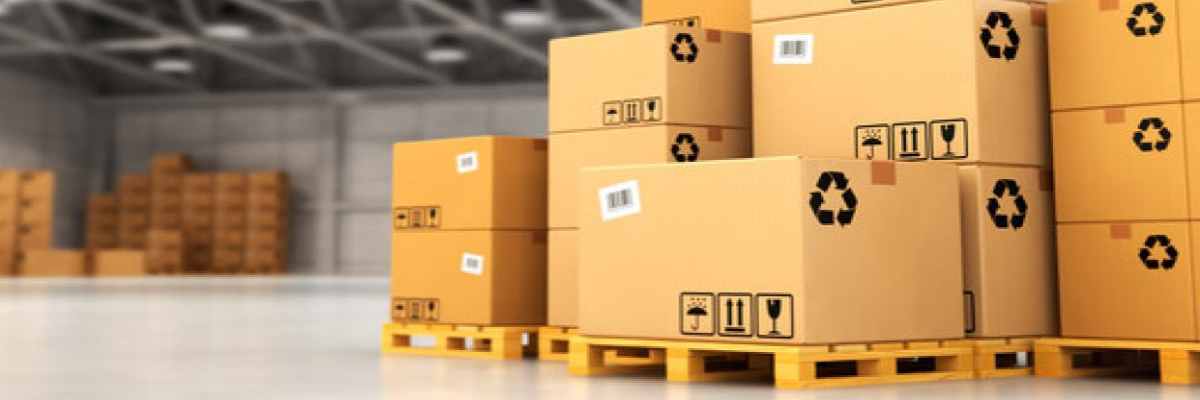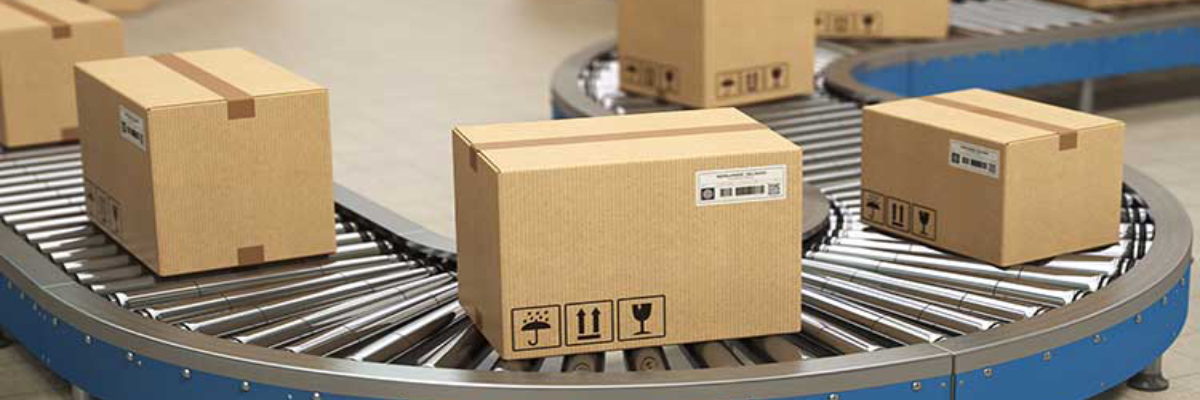LTL Vs FTL Shipping: A Quick Comparison

Monday, 09 September 2019 | Freight Shipping
Logistics industry is transforming at an unprecedented pace and shippers need to evolve to keep up with the dynamic demands of customers. And that is why majority of businesses opt for a third party logistics (3PL) partnership to get more value from their supply chains. Since freight shipping is a complex process, transportation and logistics industry follows a number of techniques and strategies to ensure safe delivery of products.
Full Truckload (FTL) shipping and Less Than Truckload (LTL) shipping are the most popular shipping methods used by freight brokers and 3PL companies. Businesses need to understand the key differences between FTL and LTL methods in order to choose the right shipping mode and make the most out of their budget. Here, we have outlined the major differences between FTL and LTL shipping.
-
Overview
When a shipper contracts an entire truck for a single shipment by gaining its exclusive use, it is termed as full truckload. A shipping service where the freight is smaller than a whole truckload and multiple shippers share space on the same trailer by only paying for their freight weight is termed as LTL.
-
Cost
Since FTL uses a full truckload exclusively for a single shipper, it costs higher than LTL service. Even though freight quotes vary according to different factors, it is safe to say LTL method is much cheaper. For LTL shipping, businesses shares trucking space and costs with other shippers. Small- to medium-sized businesses can make the best of LTL shipping by shipping smaller, single load deliveries. On the other hand, FTL shipping is ideal for larger companies that need to ship large quantities of palletized freight.
-
Time
If you are pressed for time, then FTL is the way to go. Since FTL shipments mostly follow a point-to-point transit model, the delivery would be faster and efficient. As LTL freight shipments makes multiple stops at carrier terminals and travels on a hub system, it would take a lot longer to reach the destination.
-
Freight handling
LTL method involves multiple transfers and increased handling of freight, which raises the likelihood of damage to shipments. However, FTL shipments travel on a single truck to its destination, which keeps the freight safe. If you are shipping something fragile and easily susceptible to damage, then FTL service is your best bet.
-
Freight weight
Generally LTL freight shipments should weigh between 100 to 15,000 pounds and not occupy more than six pallets. Freights heavier than 15,000 pounds need to consider FTL shipment.
Ultimately, you need to choose a shipment method by analyzing different variables such as size and freight class, distance from origin to destination, budget and how fast you need it delivered. Having a sound understanding about your shipment requirements help you choose the option best suited to your needs.





